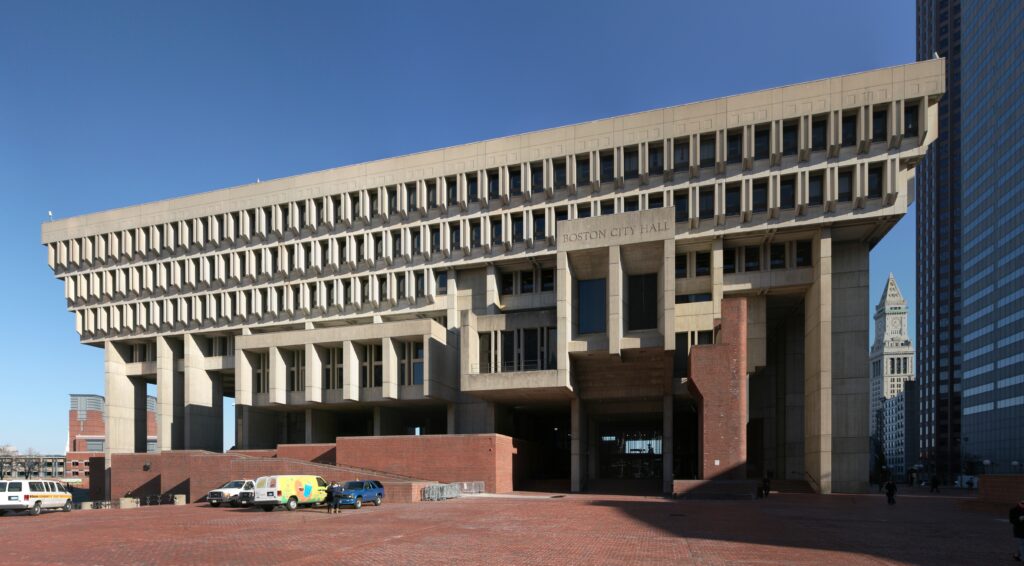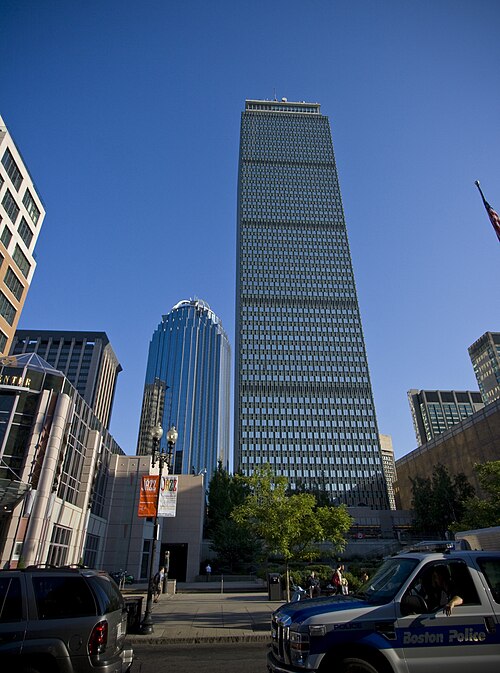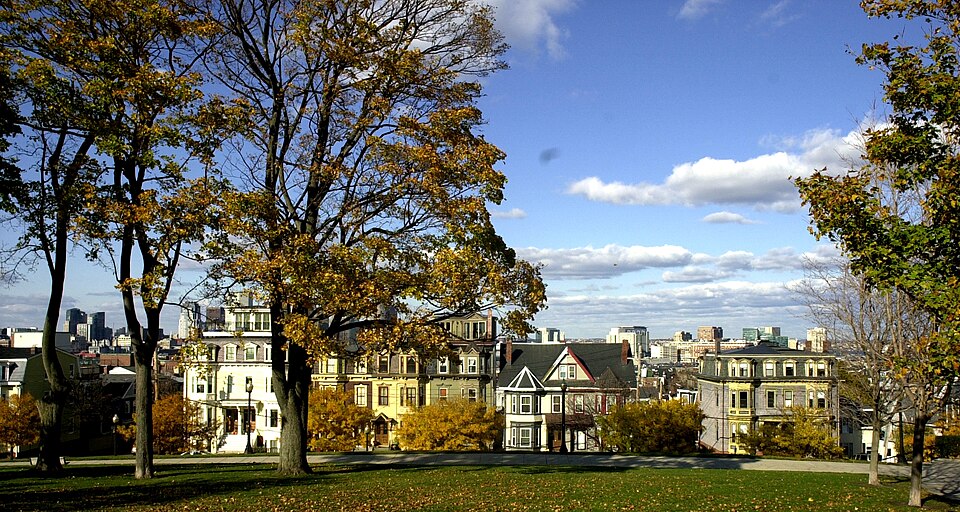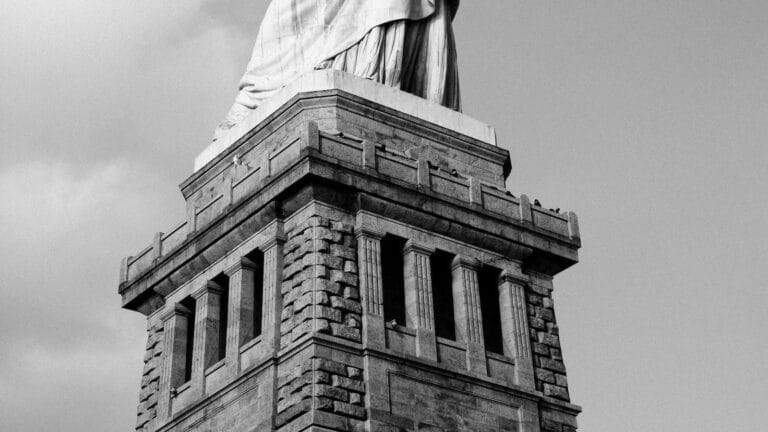The Angel of History and the Ghosts of Boston: Robert Campbell’s Vision of Urban Memory and Progress
Introduction: Hegel, Benjamin, and the Meaning of History
There is a quote I always return to from the philosopher G.W.F. Hegel: “The owl of Minerva flies at dusk.” Hegel meant that the true meaning of historical events only becomes clear in hindsight—wisdom arrives too late to change the course of things.
A century later, amid the wreckage of World War II, the Frankfurt School critic Walter Benjamin reimagined Hegel’s avian metaphor in his Theses on the Philosophy of History. He described the “angel of history” a celestial figure based on Paul Klee’s painting Angelus Novus who gazes backward at the past while being blown helplessly into the future. “Where we perceive a chain of events,” Benjamin wrote, “he sees one single catastrophe which keeps piling wreckage upon wreckage and hurls it in front of his feet.”
For Benjamin, progress under capitalism was dialectical destructive yet paradoxically generative. The ruins left in its wake might, in time, create the conditions for real redemption: a future that could restore what had been lost.
This tension between destruction and renewal was also central to the work of Robert Campbell, the Pulitzer Prize-winning architecture critic who passed away in April 2024 at the age of 88. Like Benjamin, Campbell saw history not as linear progress but as a palimpsest layers of erasure and rebuilding, each shaping the next.
Robert Campbell and the Ghosts of Boston’s Urban Renewal
Campbell spent over four decades chronicling the evolution of Boston in his Boston Globe column, offering sharp critiques of modernist urban planning while celebrating the messy vitality of city life. He was deeply influenced by Jane Jacobs, whose 1961 book The Death and Life of Great American Cities exposed the failures of postwar “slum clearance” programs. These initiatives, carried out in the name of progress, often destroyed vibrant neighborhoods, replacing them with sterile plazas and highways.
Yet, as Hegel might observe, these failures also birthed the historic preservation movement. Before Jacobs, few saw value in Boston’s dense, unplanned neighborhoods like the North End. Campbell, following in her footsteps, became a vocal advocate for human-scaled urbanism architecture that served people rather than abstract ideals of efficiency.
Cityscapes: A Collage of Memory and Change
From 1982 to 2005, Campbell collaborated with photographer Peter Vanderwarker on Cityscapes, a column that juxtaposed archival images of Boston with contemporary shots of the same locations. The effect was haunting buildings vanished, streets widened, skyscrapers sprouted. Campbell’s accompanying essays were impressionistic, blending history, personal reflection, and architectural critique.
These columns were later compiled in the book Cityscapes of Boston: An American City Through Time (1992). The project’s collage-like structure evokes Walter Benjamin’s Arcades Project a fragmented meditation on 19th-century Paris that sought meaning in the ruins of modernity. Like Benjamin, Campbell was nostalgic but not reactionary. He understood that cities must evolve, but he demanded that evolution respect the past.

Campbell’s Philosophy: Architecture as the Art of Placemaking
Unlike many critics, Campbell avoided jargon. He believed architecture was not about isolated monuments but about placemaking the creation of spaces where people live, work, and interact.
“Architecture is the art of making places, not primarily an art of making things,” he wrote in an early column. “It’s the art of using buildings and landscape to shape space. A place can be your bedroom or your street or your neighborhood, a garden or a park or a city. It can be any space that human beings have created for habitation. The best city is the one with the most livable places.”
This philosophy led him to some surprising stances. While he criticized much of modernist urban renewal, he defended Boston’s brutalist City Hall, comparing its “rugged majesty” to 19th-century granite buildings. What he despised was the barren City Hall Plaza, which he likened to a desolate parking lot:
“It’s always too big, too empty, too grand. There are too many things it doesn’t have enough of enormous sidewalk cafes with parasols over the tables, shouting street vendors selling eggplants and knishes, people making speeches about how the Communists are stealing our bodily fluids.”
Here, Campbell’s love for Dickensian urban chaos shines through the belief that a city thrives on disorder, spontaneity, and human friction.

The Diva vs. The Dagwood: Campbell’s Critique of Skyscrapers
Campbell had little patience for skyscrapers that ignored their surroundings. He derisively called them “Divas” self-absorbed structures that “pose like an opera star on an empty stage.” The Prudential Tower, set back from the street behind an unused plaza, was a prime offender.
Far better, he argued, was the “Dagwood” a tall building that, at street level, blends seamlessly with its neighbors. Only when you look up do you realize it’s a skyscraper, stacked like an overstuffed deli sandwich. This approach preserved the continuity of the urban fabric.

Legacy: Why Campbell’s Work Still Matters
Campbell’s writing transcended architecture criticism because he saw buildings not as objects but as characters in a living story. His columns were populated by ghosts the lost taverns, demolished tenements, and forgotten alleys of old Boston.
His greatest lesson was that cities are made of streets, not just buildings. Lifeless urban planning, like lifeless writing, was his enemy. In an era of corporate glass towers and tech-campus urbanism, his voice remains urgently relevant.
Further Reading & Resources
- Cityscapes of Boston: An American City Through Time (1992) Robert Campbell & Peter Vanderwarker
- The Death and Life of Great American Cities (1961) Jane Jacobs
- Walter Benjamin’s Theses on the Philosophy of History
Explore More with ArchUp
ArchUp documents the evolving profession of architects worldwide, from career insights and research to project profilesand industry news. Our editorial team publishes global salary trends, career advice, and opportunities for emerging talents. Learn more on our About






